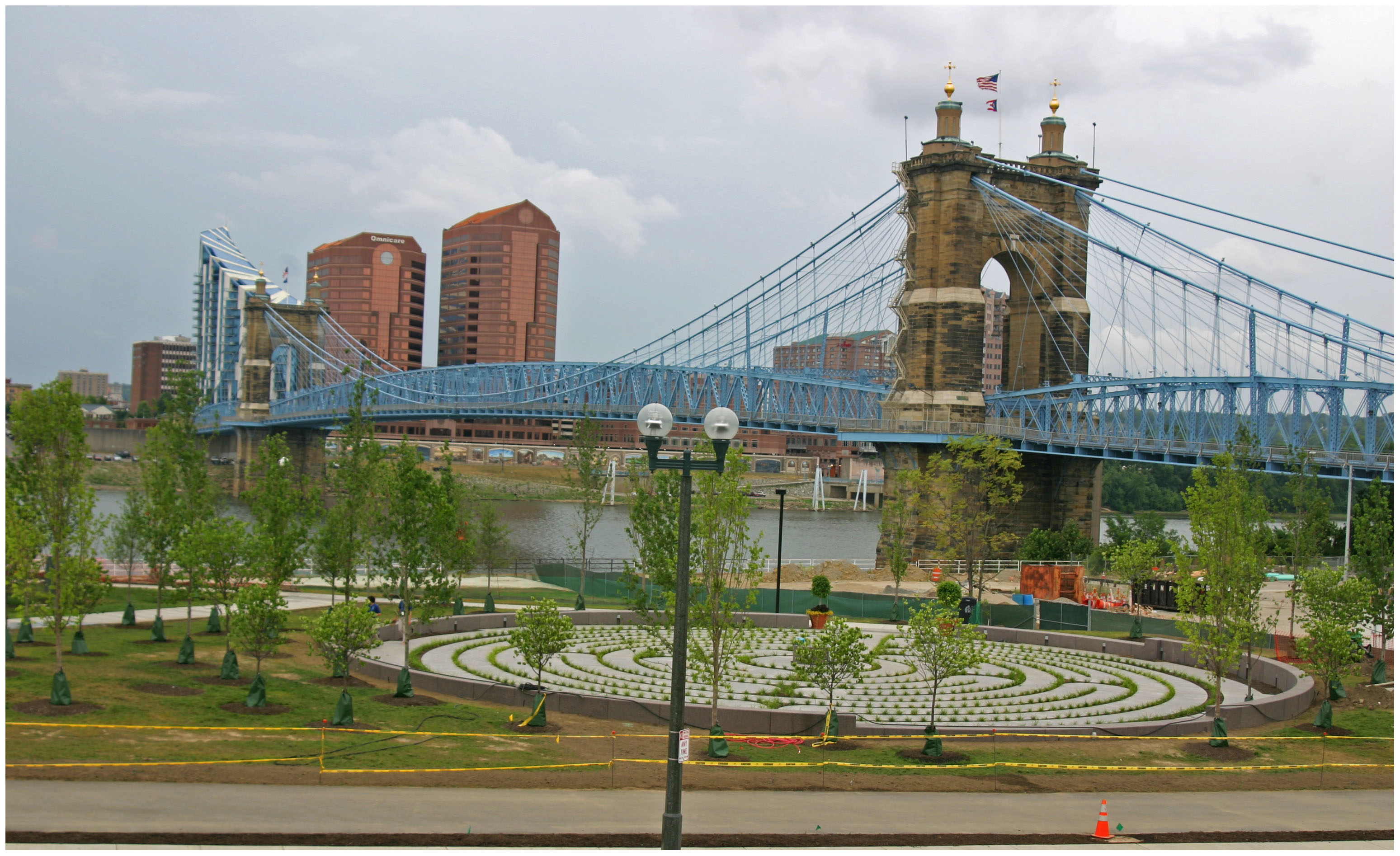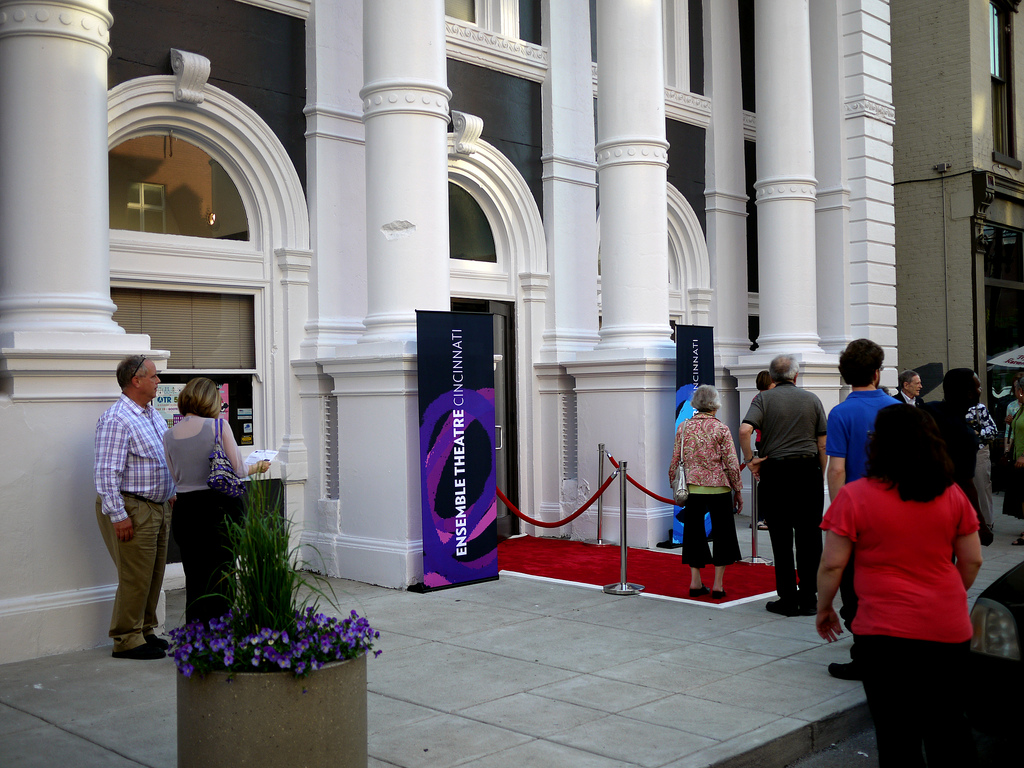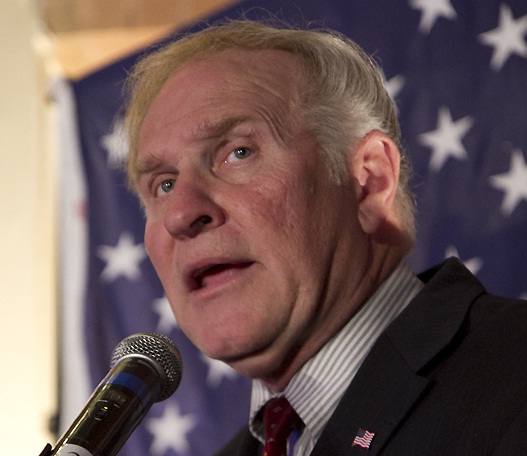Congressman Steve Chabot (R) campaigned on a promise of focusing on improving Cincinnati’s job climate and bringing jobs back to the region. An exclusive UrbanCincy analysis dives into representative Chabot’s Congressional record since rejoining the House of Representatives in 2010.
Since returning to Washington, D.C. in 2010 Congressman Chabot has sponsored 13 bills, nine of which received the support of co-sponsors. The majority of the bills sponsored by Congressman Chabot are rated by GovTrack as having very little chance of passage due to their polarizing nature. The four bills sponsored by Congressman Chabot that have no co-sponsor include his two largest legislative proposals to date – the Stop Wasting American Tax Dollars Act and the Section 8 Reform, Responsibility, and Accountability Act of 2012.


The Banks [LEFT] development and Smale Riverfront Park [RIGHT] received critical federal investment that paid for the construction of its parking garages and public infrastructure. Photographs by Randy Simes for UrbanCincy.
Stop Wasting American Tax Dollars Act:
House Bill 1345 was introduced on April 4, 2011 and has gone nowhere. The intent of the bill, according to the Library of Congress, was to “rescind any unobligated discretionary appropriations awarded to a state or locality by the federal government that are voluntarily returned to it.”
In a nutshell, Congressman Chabot’s proposal was an effort to accomplish want Republicans wanted to do with money refused by state’s like Ohio over the past several years. In particular, this would have allowed Ohio’s $400 million high-speed rail giveaway to go back to the federal government and be used to pay down the deficit.
The bill, however, would not have qualified for funds voluntarily returned by the Department of Defense or the Department of Homeland Security.
The intent of Congressman Chabot’s bill would have impacted the $53 billion high-speed rail program introduced by the Department of Transportation in 2009. For comparison, the Department of Defense and Department of Homeland Security had a combined 2012 budget of $599 billion, or approximately 1,030 percent greater than that of the entire high-speed rail program originally envisioned by the Obama administration.
Section 8 Reform, Responsibility, and Accountability Act of 2012:
Congressman Chabot’s controversial House Bill 4145 was introduced on March 6, 2012, and aimed to amend the United States Housing Act of 1937. According to the Library of Congress, the bill would have “prohibited Section 8 rental assistance, including tenant- and project-based assistance, from being provided to any family that includes a convicted felon or illegal alien.”
Furthermore, the bill would have placed a five-year limitation on Section 8 rental assistance, and would have prohibited any assistance for any family with family members 18 years of age or older who were not performing at least 20 hours of work activities per week.
A third substantive legislative effort was made by Congressman Chabot in the form of House Bill 6178, Economic Growth and Development Act. The bill received bi-partisan co-sponsors and has been referred to the House Committee on Foreign Affairs.
According to the Library of Congress, H.R. 6178 directs the President to establish an interagency mechanism to coordinate United States development programs and private sector investment activities, among other things.

The Brent Spence Bridge project will require millions of dollars of federal assistance to become reality.
Depending on what comes out of the House Committee on Foreign Affairs, H.R. 6178 may turn out to be the only bill sponsored by Congressman Chabot that has any chance at creating jobs. Whether these jobs would impact Cincinnatians would be another matter.
Congressman Chabot has repeatedly scolded President Barack Obama (D) and Democratic members of Congress since being reelected in 2010 about not doing enough to spur the economy. According to his own record, however, Congressman Chabot has done nothing himself to improve economic conditions or create jobs for Cincinnatians.
“Our economy remains stagnant and unemployment is unacceptably high,” Congressman Chabot writes on his campaign website. ”This Administration has proliferated a hostile environmental that is sustaining that stagnation and high unemployment numbers…we must end the uncertainty small businesses face and start pushing common-sense policies to spur innovation, development and job creation.”
Based on Chabot’s own record, there is no telling what these “common-sense policies” might be, but we do know they will not come in the form of direct federal investment. That would be because Congressman Chabot’s staunch position on not accepting any federal earmarks places Cincinnati at a unique disadvantage to the rest of the country when it comes to receiving critical federal investment that immediately creates local jobs and energizes the local economy.
Such projects that have received such federal help over the past several years include infrastructure at The Banks, Smale Riverfront Park, Cincinnati Streetcar, Cincinnati-Northern Kentucky International Airport, Interstate 75, Waldvogel Viaduct, Ohio River Trail, and the Millcreek Greenway.
Of course, none of these projects were funded through any help of Congressman Chabot. And as representative Chabot panders to voters about redirecting funds from the Cincinnati Streetcar to the Brent Spence Bridge project, he himself has made no effort whatsoever to help win much-needed federal funding for the $3 billion project.





